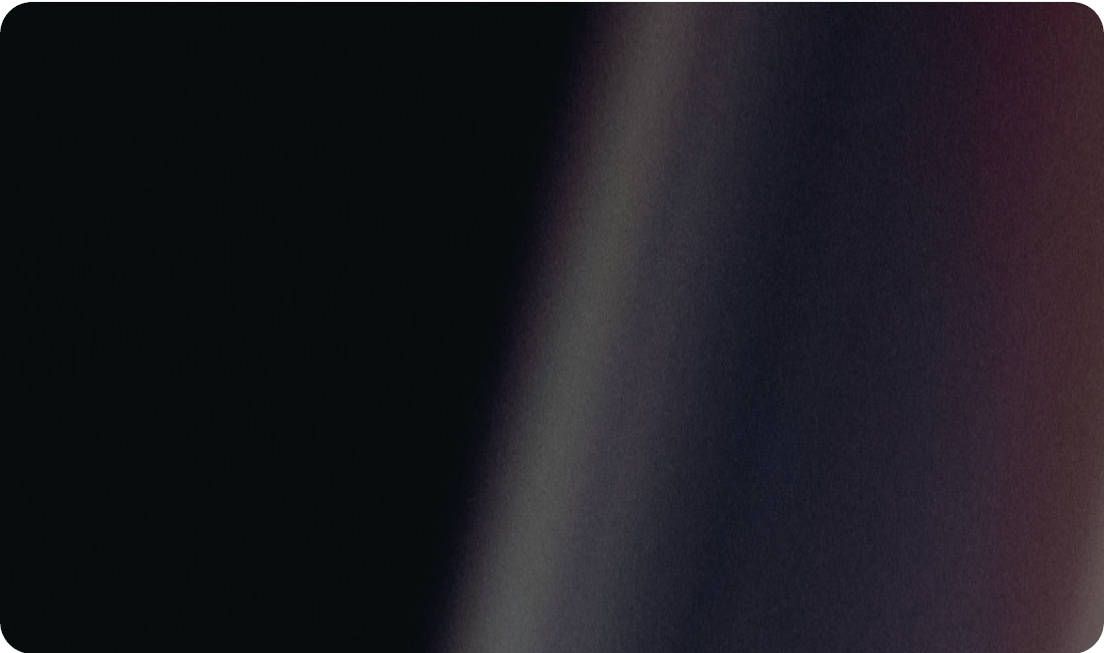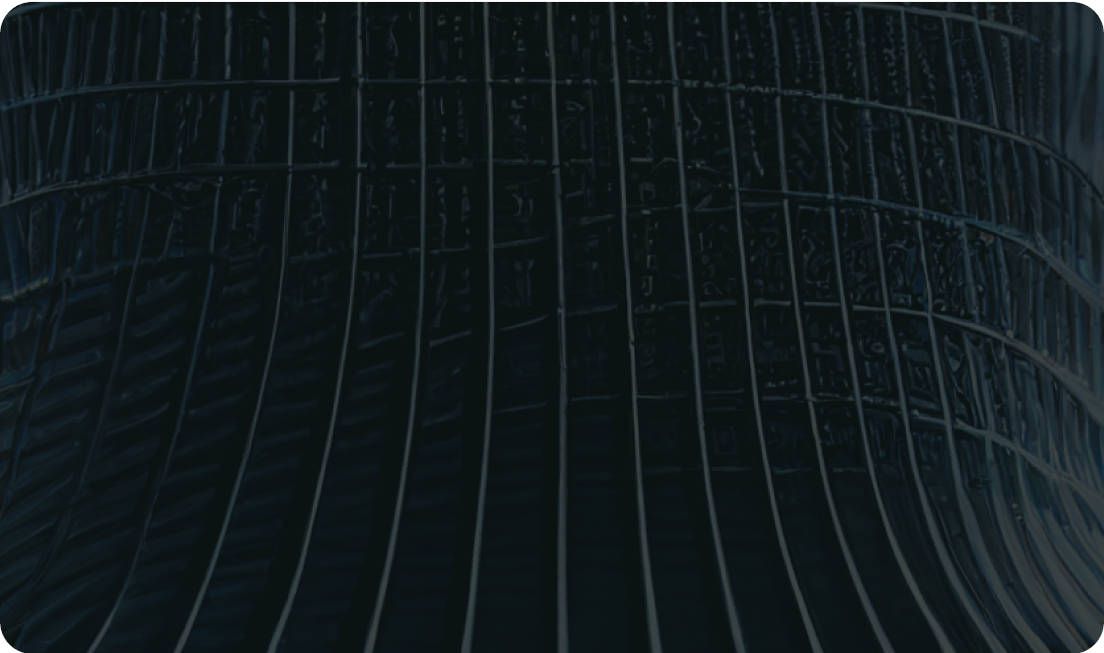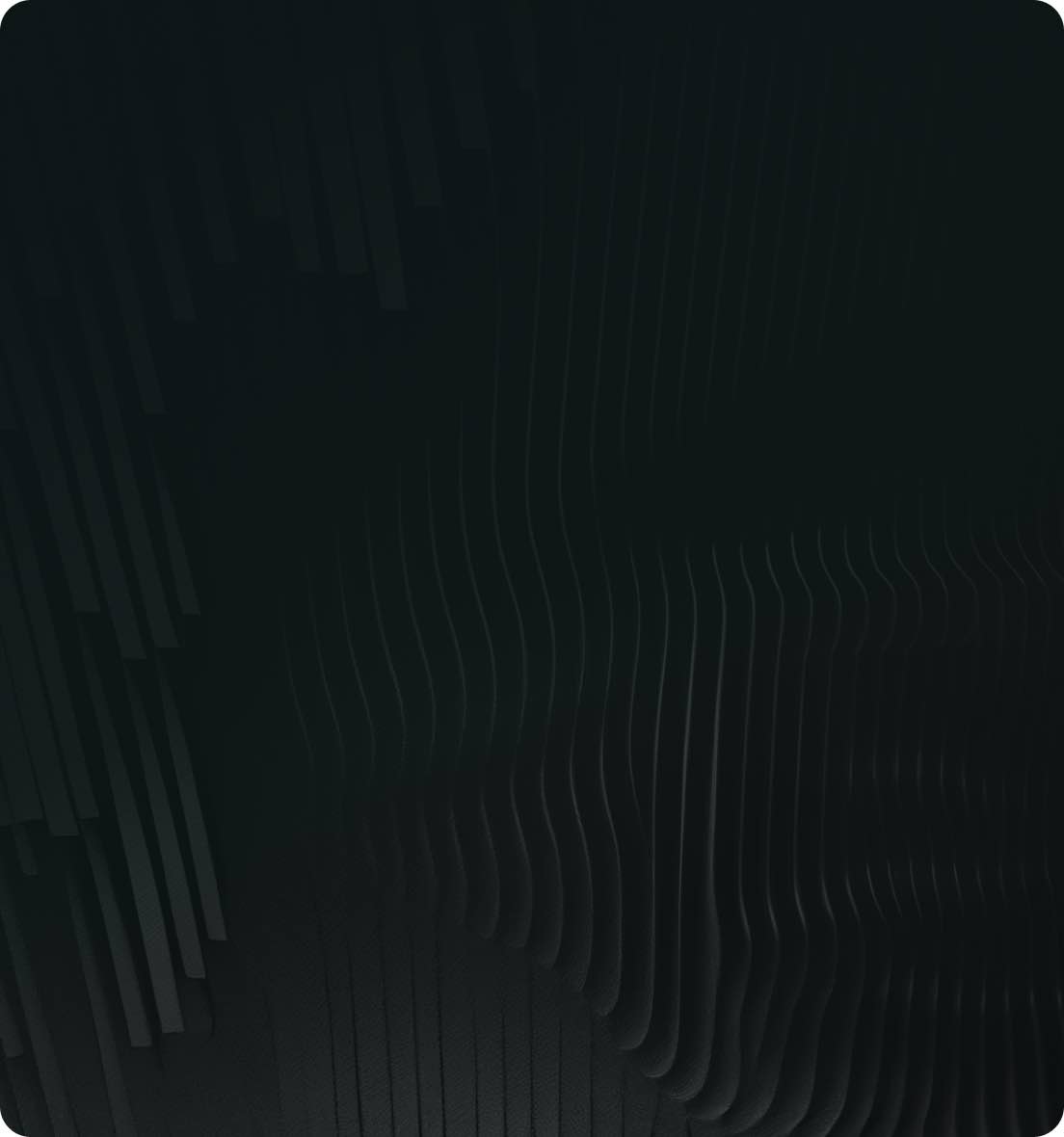How to get started with Ikomia API
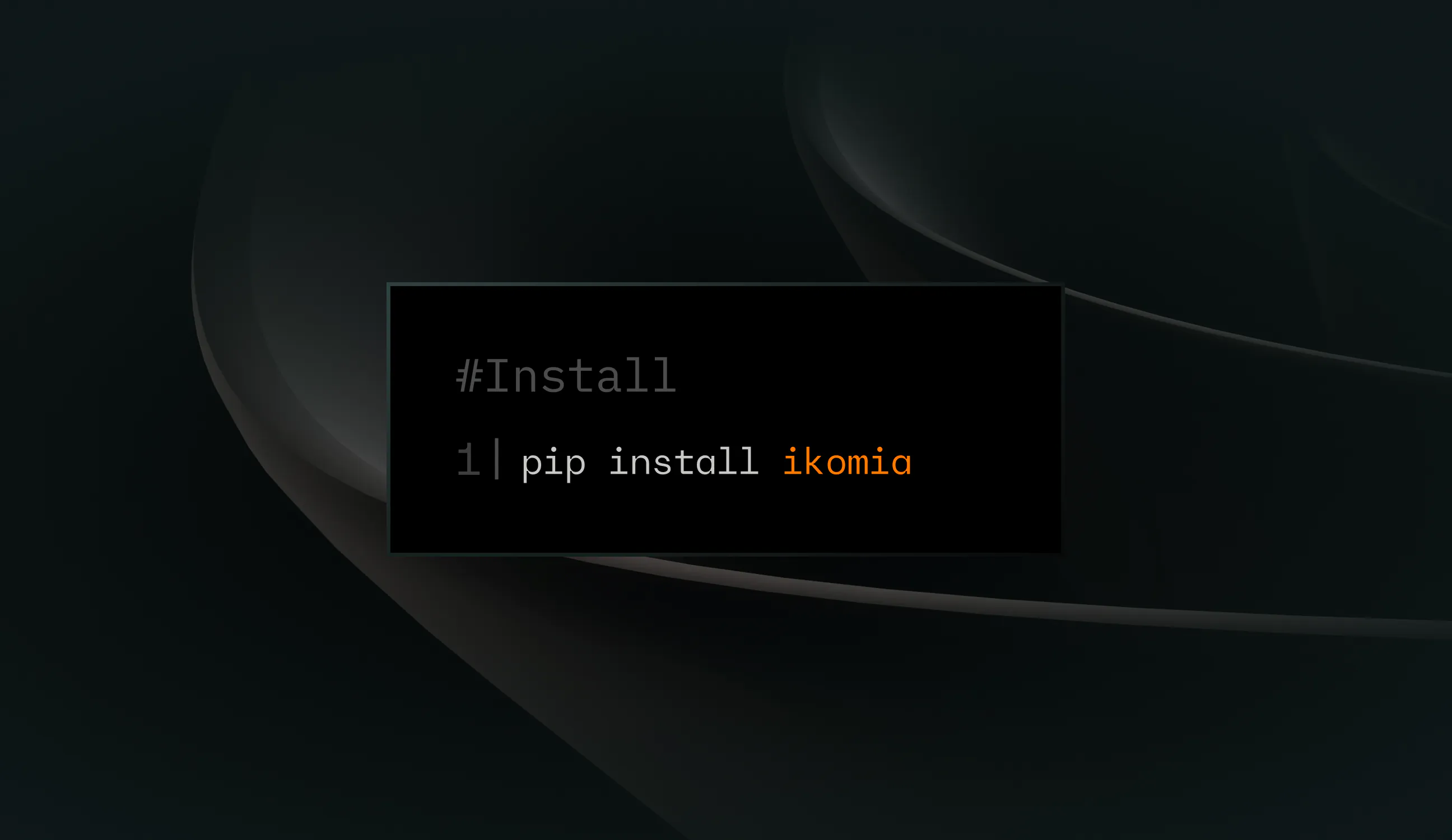

If you want to start experimenting with the Ikomia Computer Vision API, you've come to the right place. For those of you who prefer to go solo, don't worry, we've designed it to be clean and simple. Just help yourself with our documentation and Github, and enjoy the experience!
Within our team, we use the API daily to deploy our workflows and even conduct trainings with just a few lines of code on any machine. If you're looking for a step-by-step guide to get started, this content is perfect for you.
What is it? It's a Python Open Source Computer Vision API. It's plug & play, and the icing on the cake is that it manages your algorithms' Python dependencies for you.
What does it do? It can execute any algorithm, create workflows, and deploy your algorithms on any computing server (Google Colab, AWS, GCP, and more).
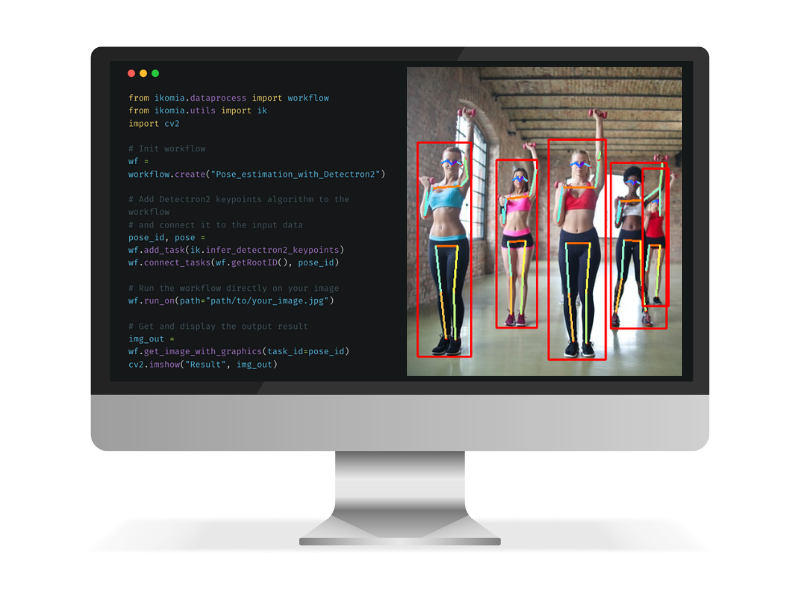
Where do I get the algorithms? This is where the magic begins: choose the algorithms that match your needs from our Open Source Ikomia HUB. We've carefully selected and tested over 280 algorithms and 1500 models for you, and our team keeps adding more each week.
You'll find top-notch algorithms from renowned sources such as OpenCV, Openmmlab and HuggingFace. But you can also create and integrate your own Python algorithms and combine them with other tested algorithms.
How do I start? All you need is to install the Ikomia API:
Then you can follow this step by step tutorial to easily prototype your first simple workflow. You will use the YOLOv5 algorithm in order to detect objects in an image and then apply the stylization filter on the detected objects.

It’s a good start!
Our goal is to cover the entire spectrum of Computer Vision, whether it's classification, object detection, object segmentation, pose estimation, or generative algorithms. Simply browse the HUB to find what aligns with your objectives.
Want to try something different? We recommend you check out this other tutorial: How to use Detectron 2 object detection.
Now that you know how to prototype a Computer Vision workflow with the API, it's time to delve into Deep Learning. We'll be using the YOLOv7 object detection model to easily create your own object detector with the help of the Ikomia API. Just follow the Colab instructions and apply it to your specific use case.
We're always excited to see what you create. Feel free to share your work with us via email at community@ikomia.ai. Let us know if you'd like feedback or if you'd like to share it with the community (or both!).
And remember: your questions will be answered in the Ikomia Discord.
Unleash your innovation with Ikomia!
